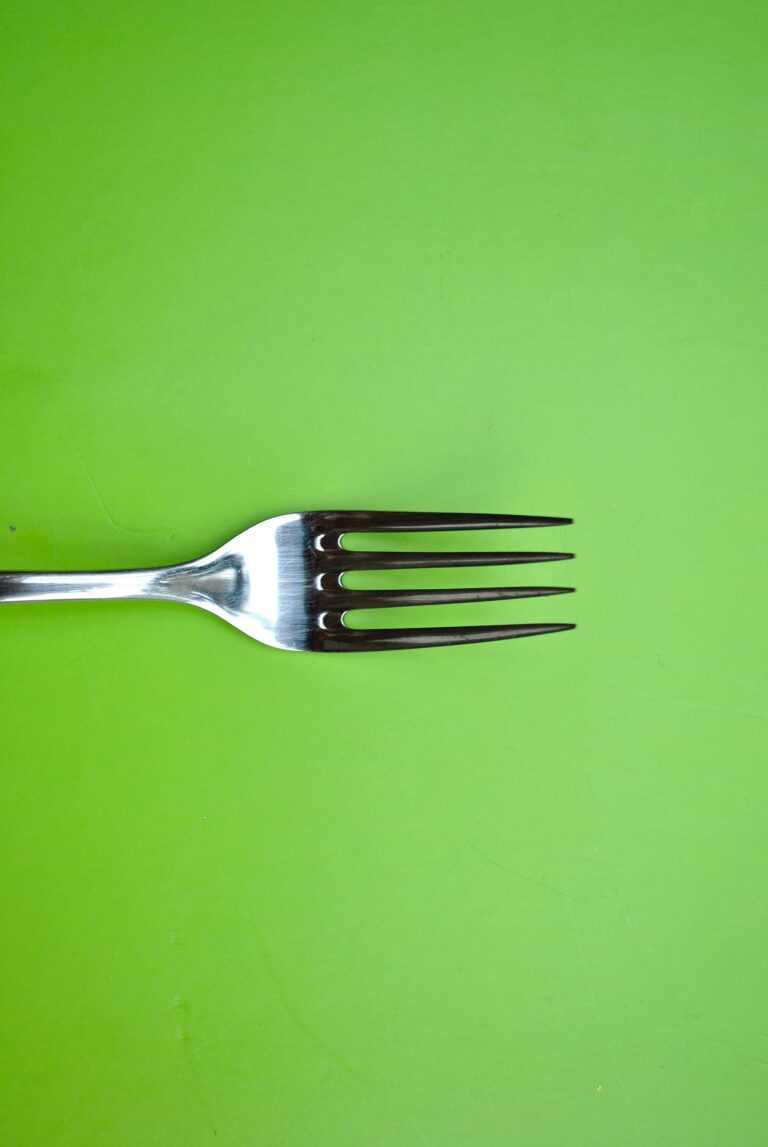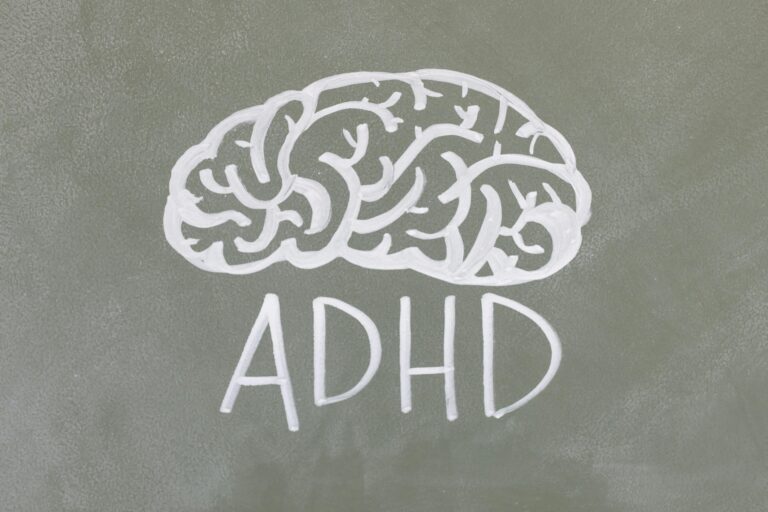It is no secret that the human condition is in decline. Obesity is on the rise. Mental health crises are becoming common. The social fabric is fraying.
But why?
The answer might be hidden in plain sight.
It appears food dye is playing an important role in damaging the human brain.
Taking Aim at Food Dyes
Food dyes make food look that much more appetizing yet they are anything but healthy. Though removing food dye would make everyone’s favorite candies and other treats visually bland, the change is necessary.
The collective push to ban food dyes is a net positive for human health. The truth candy-makers and other processed food manufacturers don’t want to hear is that food dyes harm the brain.
Though some food dyes consist of molecules that are too large in size to breach the blood brain barrier, others seep through.
Those that make it across the barrier compromise brain functionality. In other words, there has never been a more important time for mindful nourishment.
Toxicity Levels
Eating a handful of M&Ms, Reese Piece’s or other treats dyed with eye-pleasing colors won’t damage the brain. Sizable doses of food containing dye are toxic.
Once again, portion size matters. The harsh truth is high doses of food containing dye proves toxic in animals.
There is a good chance clinical evidence will eventually emerge proving such toxicity also occurs in humans. At the moment, there is some evidence yet it hasn’t made believers of everyone.
Analyzing the Food Dye Studies
In the spirit of fairness, it must be mentioned that the studies stating food dyes are toxic are slightly warped. The vast majority of the studies analyzed the brain’s functionality and health after exposure to large dye dosage.
In general, the average person does not consume enough food dye to suffer significant brain alteration. However, those who eat a considerable amount of processed food are at risk.
As time progresses, the collective of humanity is shifting away from consuming whole, all-natural food to that which is processed. If we don’t pivot back toward whole foods, we’ll eventually reach the point where most of the food we consume is processed.
A diet rife with processed food altered by dye is an unhealthy one. If current trends hold, we’ll reach such a “critical mass” years or decades down the line.
It is at that point that the average diet will have enough food dye to be considered toxic.
Yellow No. 5 is Demonized for Good Reason
The villainous Yellow No. 5 also goes by the moniker of tartrazine. This commonly used coloring agent is added to food across the entirety of the globe.
Take a close look at your ice cream, cheese and butter ingredients and there’s a good chance you’ll find Yellow No. 5. Tartrazine has the potential to induce behavior similar to ADHD in kids.
Though it is alleged that the consumption of Yellow No. 5 can also cause erectile disfunction or other reproductive organ problems, those claims have not been verified.
The bottom line is that Yellow No. 5 has the potential to break through the blood-brain barrier.
In such instances, it can lead to cognitive problems. Those problems include reduced ability to learn and delayed memory recall.
One study indicates these problems resulted from oxidative damage in the brain occurring after the consumption of Yellow No. 5.
To be fair, a separate study conducted to analyze the impact of Yellow No. 5 on rodents determined a low dosage of Yellow No. 5 causes no memory or learning issues. However, the caveat is that the study was conducted on rats as opposed to human beings.
Blue No. 1
Blue No. 1, sometimes called Brilliant Blue FCF, is found in the following:
- Cake icing
- Canned peas
- Soda
- Popsicles and more
The problem with Blue No. 1 is that it is a foreign substance not meant to be put into the human body.
The gastrointestinal tract struggles to properly absorb Blue No. 1. The majority of the dye fails to mesh with the body, ultimately proving to be a net negative.
The twist is the food dye variant was one of the initial color additives approved by the FDA. We’ve all consumed Blue No. 1 for decades, dating all the way back to the late 1960s.
Red No. 3
Also known as erythrosine, Red No. 3 has the potential to breach the all-important blood-brain barrier. The dye contains iodine, a substance that is foreign to the human body and poisonous in large doses.
A study shows erythrosine inhibits brain activity while simultaneously suppressing motor activity. In other words, the dye compromises the brain’s functionality and minimizes one’s ability to move.
Red No. 3 was targeted by the Biden administration to reduce its use in food and medications.
Here’s why: rats exposed to the dye developed tumors in their thyroid glands.
Though the rats were given elevated amounts of the dye, the resulting tumors are an indictment of the coloring agent. If enough of the dye is consumed, it is carcinogenic.
It is also worth noting that especially high doses of Red No. 3 also compromised motor skills.
Even worse is the fact that a separate study of half a dozen female rats given the dye were found to have brain histopathology disruption. The dye also suppressed enzyme and antioxidative activity in the brain.
Beware of Green No. 3
Green No. 3 is especially large in size. The large size makes it difficult for the intestines to properly absorb the food dye. Though studies have not proven Green No. 3 is capable of compromising the brain, time will tell the true story.
When in doubt, be safe instead of sorry.
Take a close look at all processed food ingredient labels and sidestep those containing Green No. 3 and other food dyes.
Are Dyes Really Necessary?
Food science experts agree there is no legitimate reason for food to be tainted with dye. The bottom line is food companies add such dyes to make food appear more attractive to the eye.
Visually-pleasing food is consumed in greater portions.
The ongoing obesity epidemic makes it crystal clear that people are eating portions larger than necessary.
The human condition would greatly benefit from a downsizing of meals.
Remove the food dye and people really will eat less food simply because it doesn’t look as visually appealing.
California is a Leading Indicator
California is often criticized as a liberal bastion “Nanny State” in which an authoritarian government controls nearly every aspect of life. Though some such criticisms might be accurate to an extent, the state is on the right track with its push to ban food dyes.
Rewind to 2023 and California trailblazed with the passage of a bill to ban a wide array of artificial ingredients in processed snacks and sweet treats. California state lawmakers specifically zeroed in on the aforementioned Red dye No. 3.
California’s state lawmakers also targeted brominated vegetable oil, potassium bromate and propylparaben. The state appears to be a bellwether for the rest of the country in the context of food ingredient bans.
Robert F. Kennedy Jr., the new United States Health Secretary, recently led the charge to ban a slew of harmful food dyes.
It appears our food will soon be less aesthetically pleasing yet much more healthier.
Mind Those Labels
Do yourself and your family a massive favor the next time you are at the grocery store. Take the advice of our NJ food psychiatrist and spend an additional 5-10 minutes taking a close look at food ingredient labels.
Avoid the following:
- Processed snacks
- Sweets
- Carbonated beverages
- Anything other products with food dye
Spend the bulk of your time and grocery budget on all-natural organic food without dye and your brain really will function that much better.
Consider the Input of a New Jersey Food Psychologist
Reducing or completely removing all food dye from your diet might seem like mission impossible. Most of us eat a startlingly high amount of food containing dye with regularity.
If you aren’t sure how to best approach the elimination of food dye from your diet, find peace in knowing you are not alone in your crowd. Most people have no idea where to start when attempting to cut down on food dye for good reason.
There is reason for hope. Our NJ eating psychiatrist will tailor a food gameplan designed specifically for you.
Meet with our eating psychologist, talk about your favorite foods and you’ll receive a fully personalized plan for eliminating food dye.
The best part is this customized approach won’t sacrifice flavor, ensuring you are completely sated.
Being sated matters yet remaining slim and toned is arguably more important.
A personally tailored strategy for your unique eating psychology will help you maintain or reduce weight without brain-altering food dyes.
Schedule an Appointment Today
The path to healthy eating and living without harmful food dyes starts with an admission: you can’t do it alone.
Everyone needs help.
The most successful people understand the importance of asking someone in the know. Our Basking Ridge food psychologist knows how to eat healthy without damaging the brain and other body organs.
Contact us today at 908-844-8547 to schedule your appointment.







